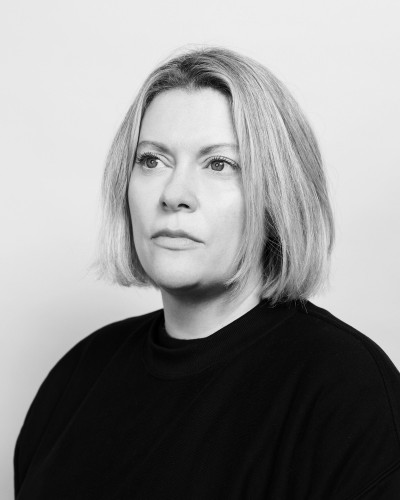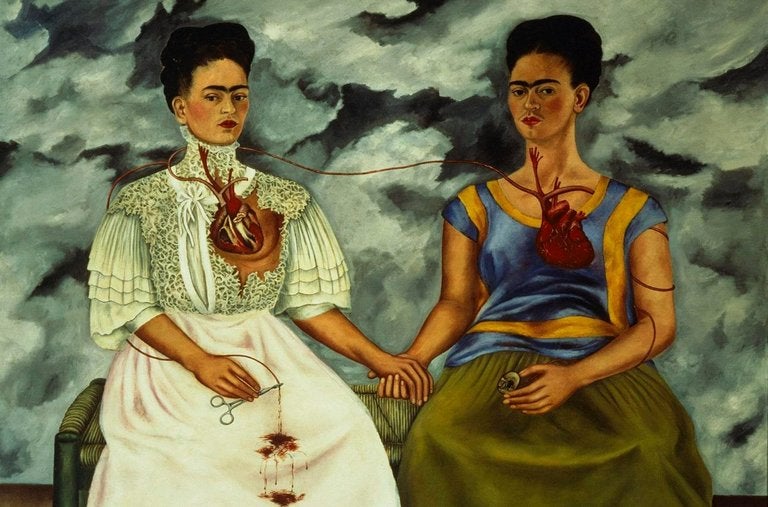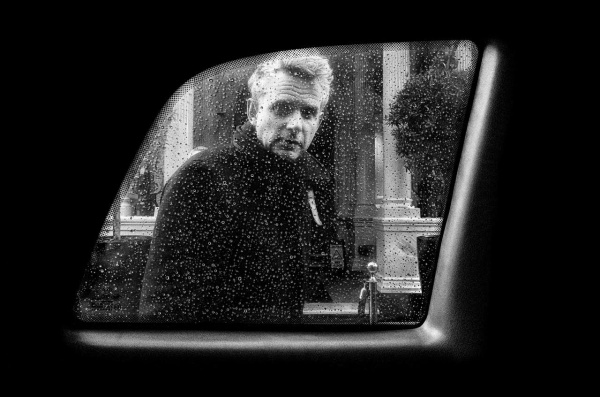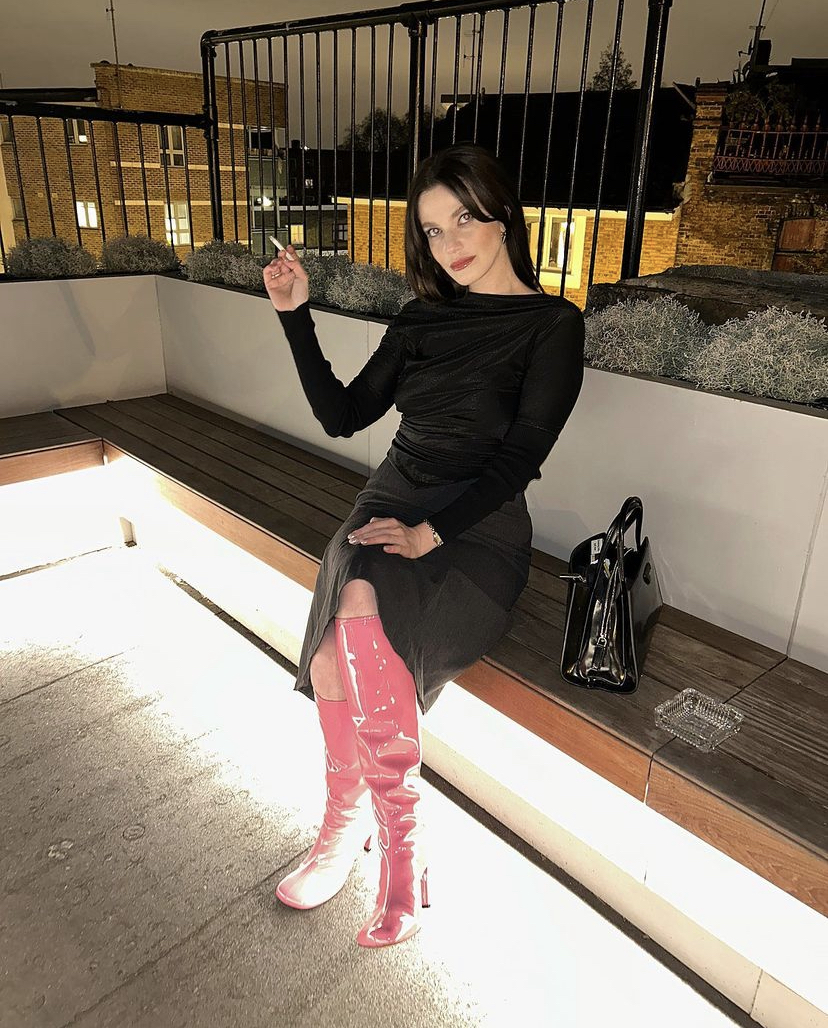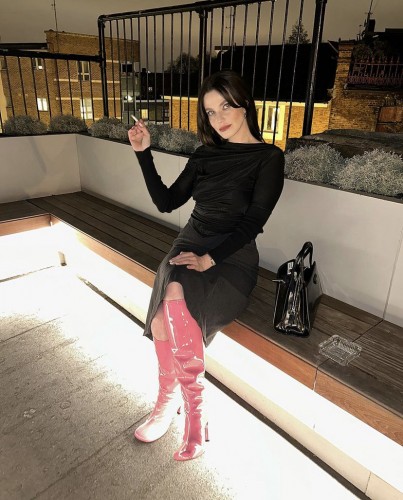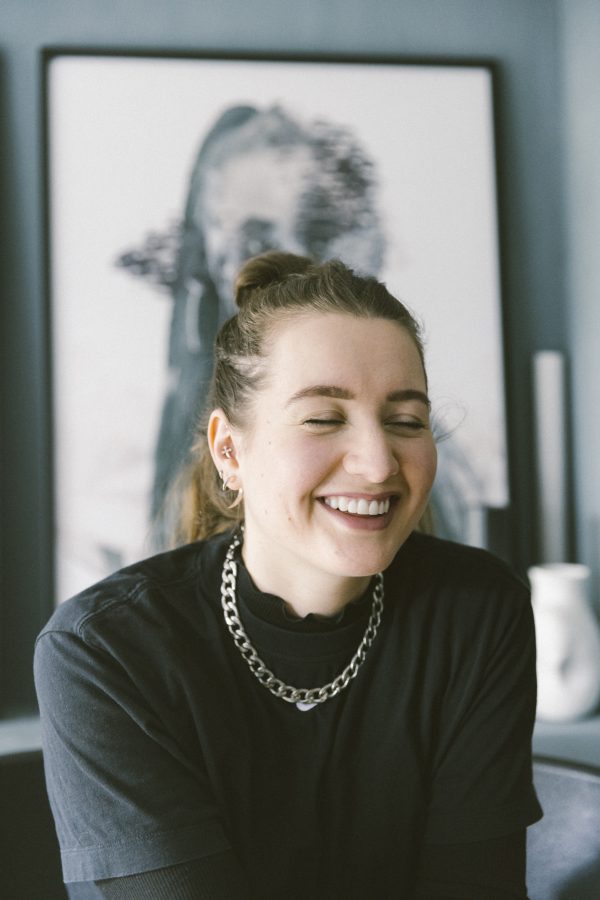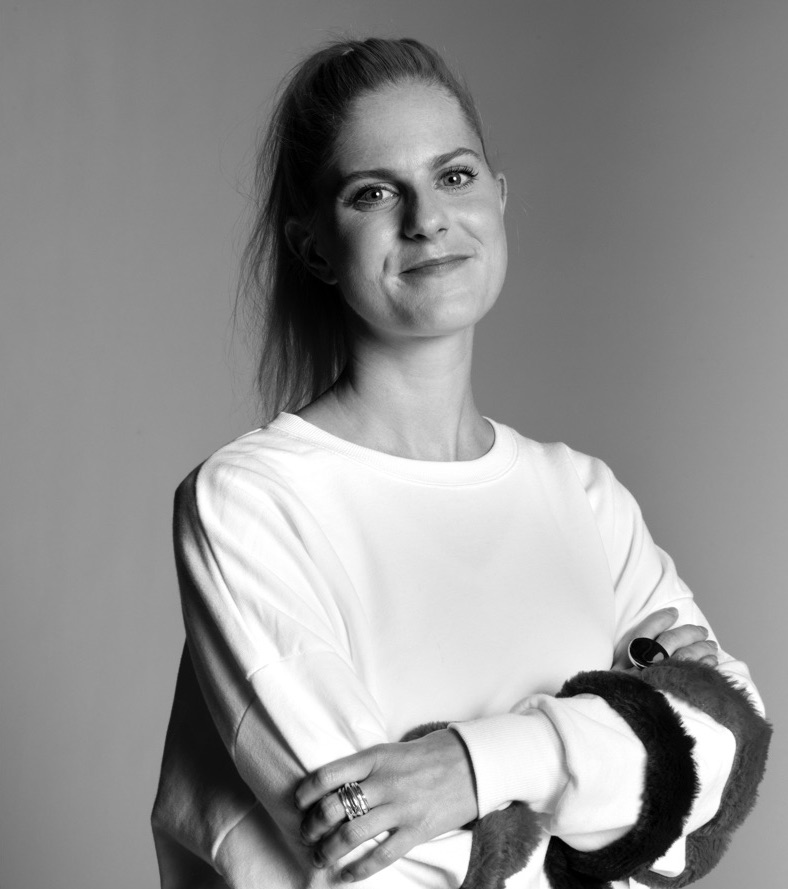Read Time 4 minutes
The Images That Made Me
HOW MUCH DOES IMAGERY HELP SHAPE THE PERSON WE BECOME? WHICH PHOTOGRAPHS ARE THE ONES WE REMEMBER AS CHANGING US IN SOME WAY––CREATIVELY, PERSONALLY, PROFESSIONALLY––OR SIMPLY AS MARKING THE PASSAGE OF TIME?
WE ASK INDUSTRY LEADERS, ARTISTS AND EXPERTS IN VISUAL CULTURE TO TALK US THROUGH THE FIVE PHOTOGRAPHS THAT HAVE BROUGHT THEM TO WHERE THEY ARE NOW. THINK DESERT ISLAND DISCS, BUT MAKE IT ART.
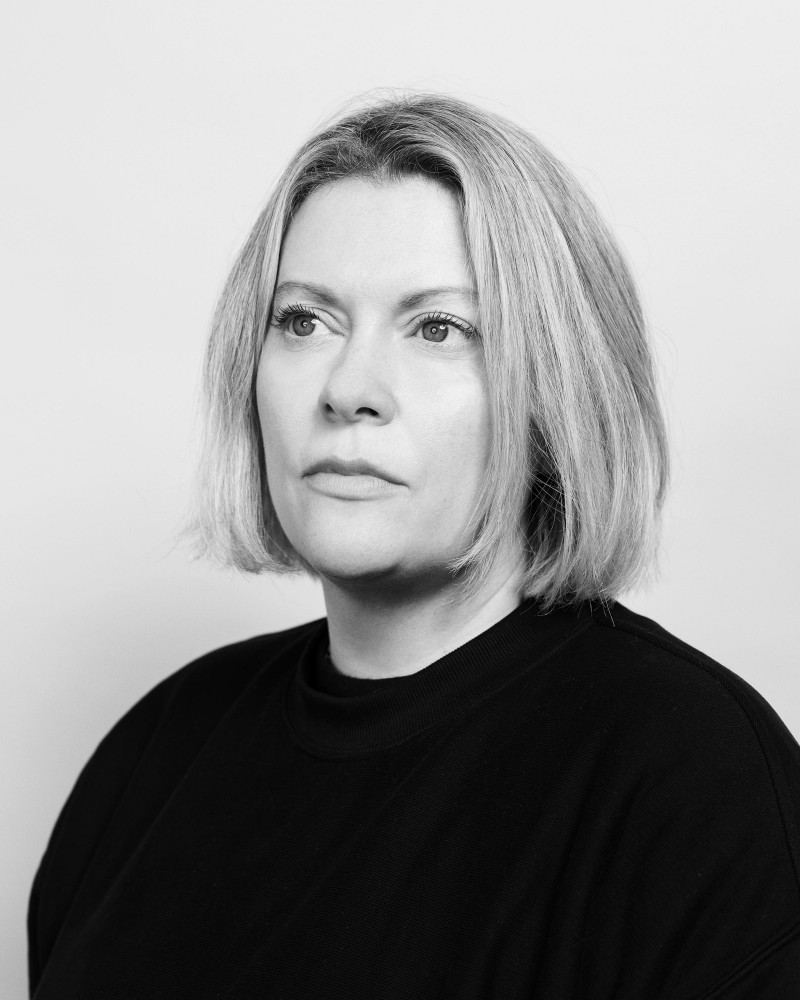
Throughout Gem’s career, her work has returned again and again to the raw, the emotional, and the ways creative expression of the personal can be a force for good in the world. To preface this piece, Gem told us:
When I started thinking about the images that have accompanied me, some over decades, they are images that I feel as much as I see. These photographs make looking into something active, an embodied practice, a radical act of call & response. They are invitations to question, be vulnerable & sit with discomfort. They open new ways of thinking about the world & who we are. Each artist demonstrates a willingness to stand up & ready us for another future.
Here are the images that made Gem.
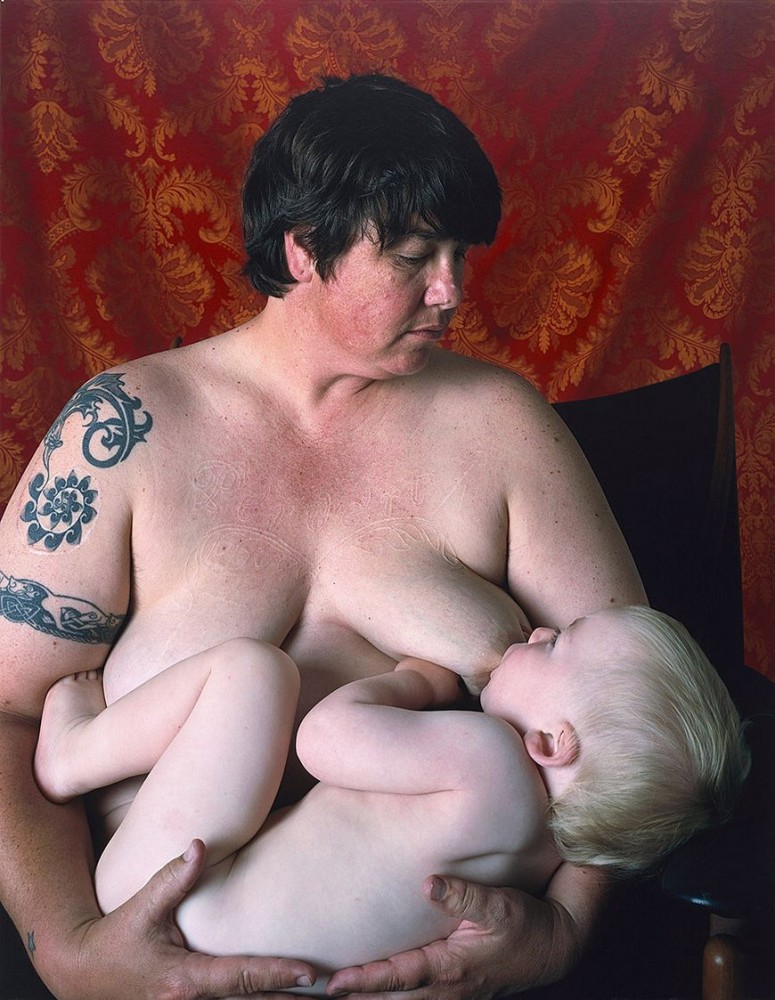
Self Portrait Nursing, Catherine Opie [2004]
Catherine Opie has always been an important touchpoint for me. In her self-portraits Cathy’s body becomes the subject, both in tangible and political terms, to radical effect. Self Portrait Nursing was made nearly twenty years ago and is still one of few photographs of butch motherhood in our culture, perhaps the only one held in major museum collections. As a queer person and parent, the image has always held such resonance for me. At its core, it’s about defiance, desire and liberating yourself.
Radical care is Cathy’s life force and what is so vital about her practice is how it grapples with the complex fullness of modern life while holding us through that journey.
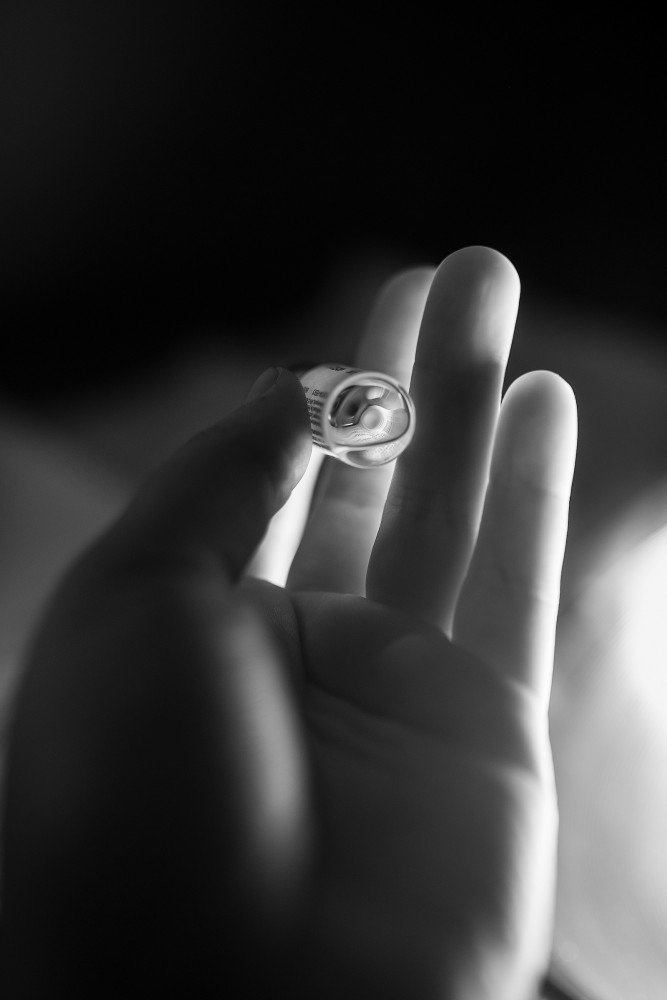
t, Elle Perez [2018]
For me, Elle’s work is a metaphor for the process of becoming, opening up the unrepresentable experiences of gender non-conforming people. I love how Elle imbues light with a talismanic quality, transforming the familiar and proposing a different way of seeing. Their work is so alive, resistant to categorisation and full of possibility.
It’s gut-punching in its honesty.
Abortion, Abigail Heyman [1972]
I spent years tracking down a copy of Abigail Heyman’s groundbreaking photo book Growing up Female [1974]. One of the most remarkable photographs in the book is Abigail’s portrait of her abortion. The camera points down at her open legs, where a doctor stands performing the newly legal procedure. Above it, she writes, ‘Nothing ever made me feel more like a sex object than going through an abortion alone.’
Like many of the images that shaped me – it’s gut-punching in its honesty.
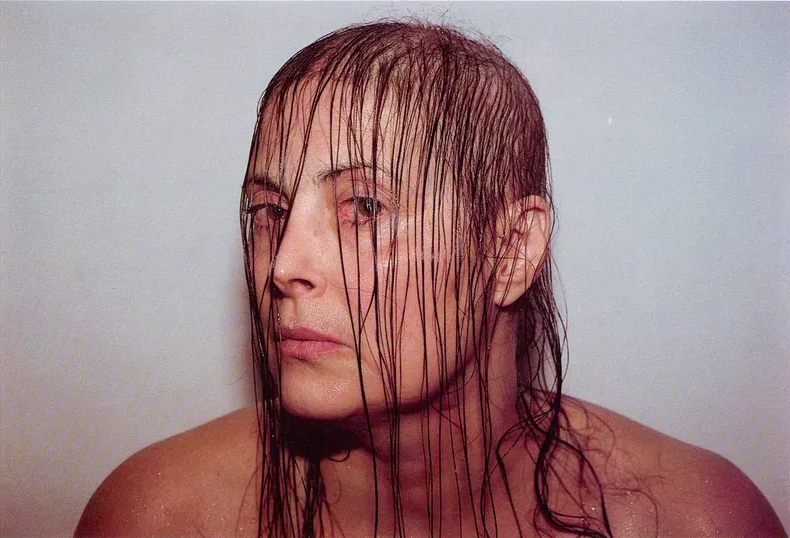
Intra-Venus Series #6, Hannah Wilke [1992]
When I was fourteen, my best friend’s mum died after a gruelling battle with breast cancer. It was the first time I came close to the experience of life-altering loss. As I got older and lost more friends and loved ones, the shockwaves of death and chronic illness became more familiar. I started to find comfort in photography, which offered a bridge to the impossible and unimaginable reality of disease and loss.
Intra-Venus [1991-93] by Hannah Wilke is a body of work that records her multi-year battle with lymphoma, speaking to demarcations between the healthy and the sick, the seen and the unseen. Hannah’s practice was renowned for her interrogation of the depiction of women and female sexuality in art history and pop culture, often through the confrontational use of her own body. Intra-Venus was pioneering on an entirely new level. She created a space for a visceral encounter with chronic illness and death, highlighting how illness is taboo in western culture. There is a subversive beauty in the image, which is utterly disarming – a refusal to go unseen.
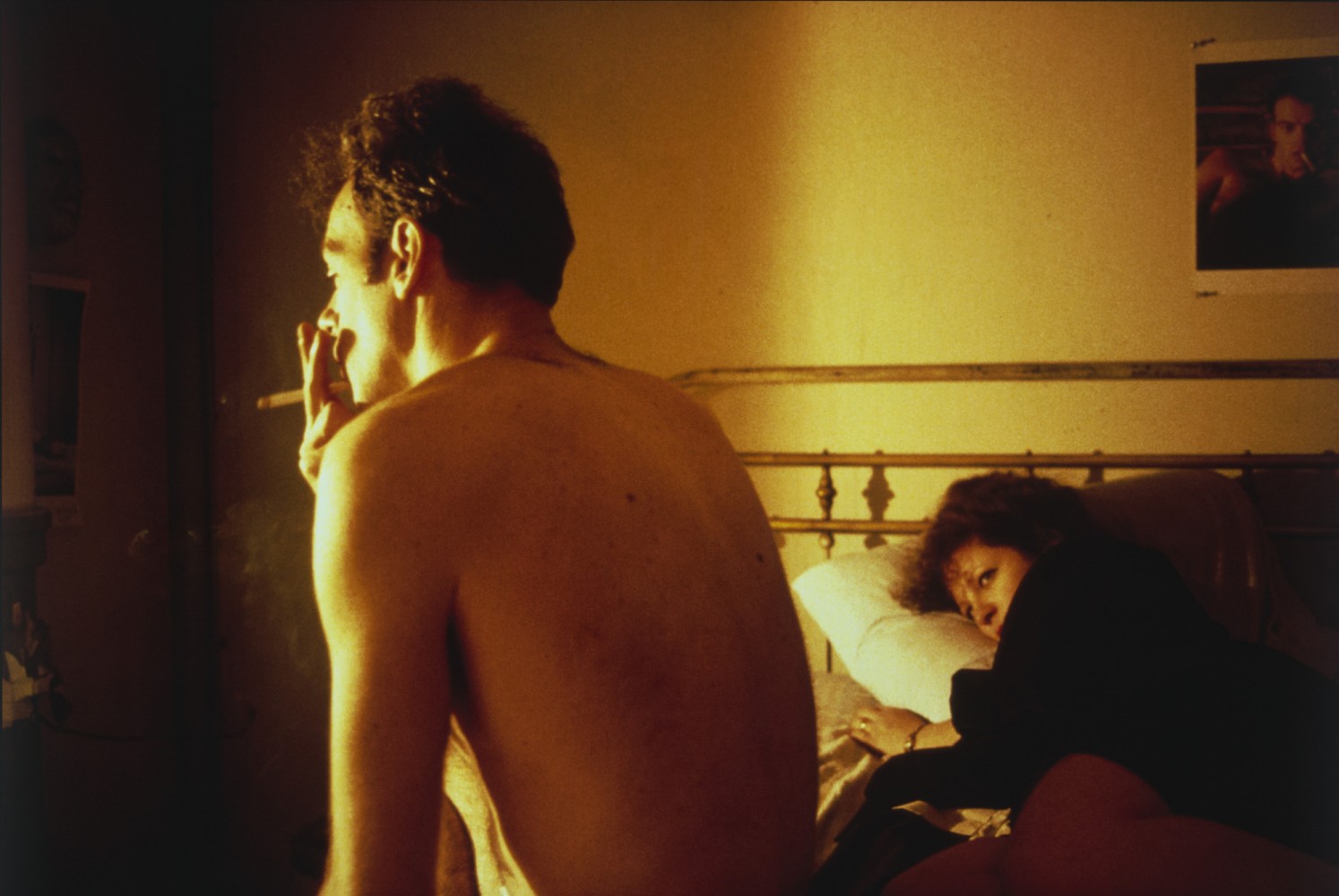
Nan & Brian in Bed, New York City, Nan Goldin [1983]
For me, The Ballad of Sexual Dependency is a proposition and a provocation. It reimagined ways of seeing, thinking and experiencing photography that shattered the hierarchy of the art world and the boundaries between artist and viewer. It’s emotional, intellectual, political, personal and sensual – transformative on many levels. Nan’s work invites us to reflect and think critically about core values, the changing world we live in and the historical conditions that have shaped us – to imagine alternative modes of futurity.
END
subscribe for the latest artist interviews,
historical heronies, or images that made me.
what are you in the mood for?

